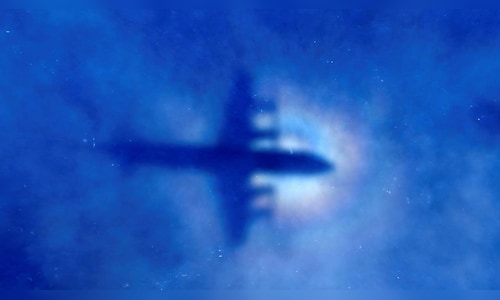The exercise occurred in the Tasman Sea, a body of water situated between Australia and New Zealand, reported Reuters. This location holds strategic importance in the Indo-Pacific region and serves as a key transit route for commercial aviation.
The incident marked China’s first military drills in this area, a move that has escalated tensions across the region. The information reached the pilots via satellite text messages, catching them off guard and requiring immediate action to ensure safety.
Western defence analysts link this event to China’s broader pattern of assertiveness, evidenced by its activities near Taiwan and other contested zones.
A Virgin Australia pilot initially detected the exercise through a broadcast from the Chinese navy on an emergency radio channel at 9:58 a.m. Sydney time last Friday. The pilot promptly relayed this to air traffic control, which then notified Australia’s military. Early uncertainty surrounded the broadcast’s legitimacy.
Peter Curran, deputy CEO of Airservices Australia, noted, “At that stage we didn’t know whether it was a potential hoax or real.” By 11:30 a.m., air traffic control issued warnings to nearby aircraft, including flights operated by Singapore Airlines and Air New Zealand.
Pilots communicated via the ACARS system, with one message stating, “Hi, lots of chatter on 121.5 including Chinese navy,” and another reporting, “Unannounced live firing in Tasman to the nth of you by Chinese military.”
China maintains that it provided sufficient warning to Australian and New Zealand authorities prior to the exercise. However, both nations argue the notification was inadequate, pointing out that no Notice to Airmen (NOTAM)—a standard alert issued at least 24 hours in advance—was filed.
The Chinese ships operated in international waters, beyond Australia’s 200 nautical mile exclusive economic zone, rendering the exercise legally permissible. Despite this, Australia’s defense chief, Admiral David Johnston, labeled it “irresponsible” due to the lack of proper notice.
China’s ambassador, Xiao Qian, countered, “I don’t see there is any reason why the Chinese side should feel sorry about that,” suggesting future naval operations in the region could follow.
This event recalls past tragedies where civilian planes were downed in similar circumstances, such as Malaysian Airlines flight MH17 in 2014, a Ukrainian flight in 2020, and a suspected incident involving an Azerbaijani jet over Russia in December. These incidents underline the risks posed by military activities near civilian air routes.
Currently, the Chinese ships have shifted south of Australia and are moving west, under observation by the New Zealand Defence Force. In Australia, the opposition has voiced concerns over the military’s delayed awareness of the drills, possibly learning of them from a commercial pilot.


